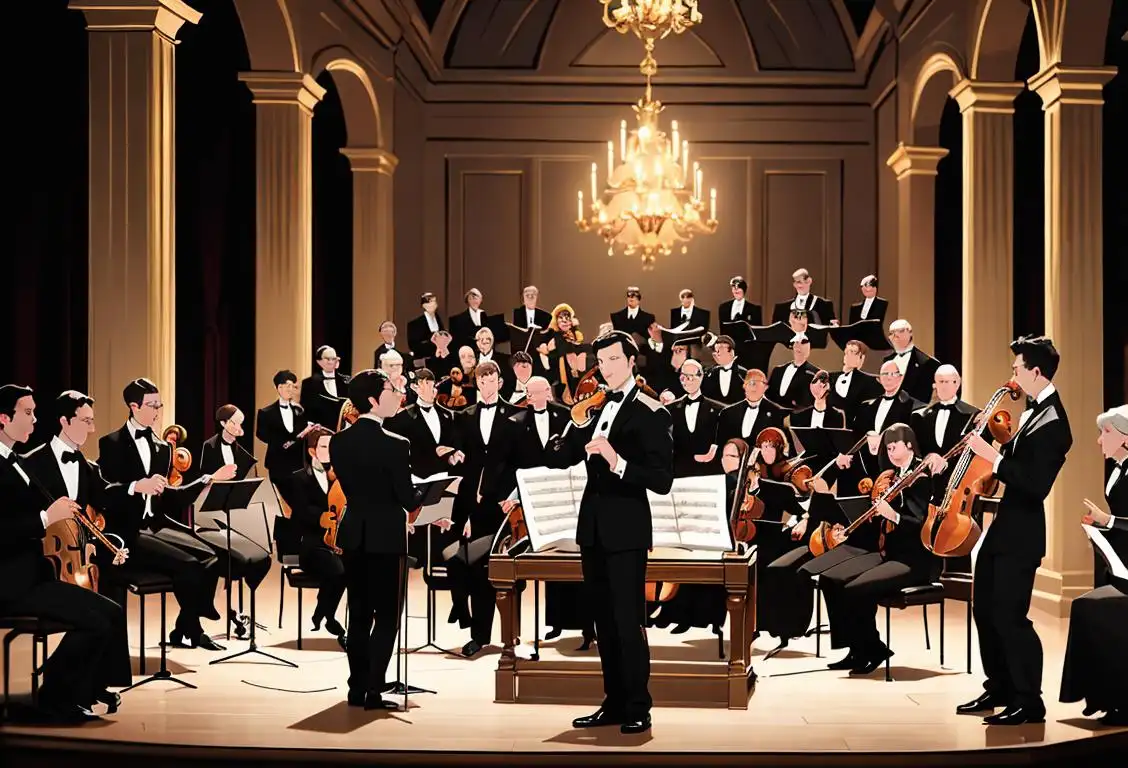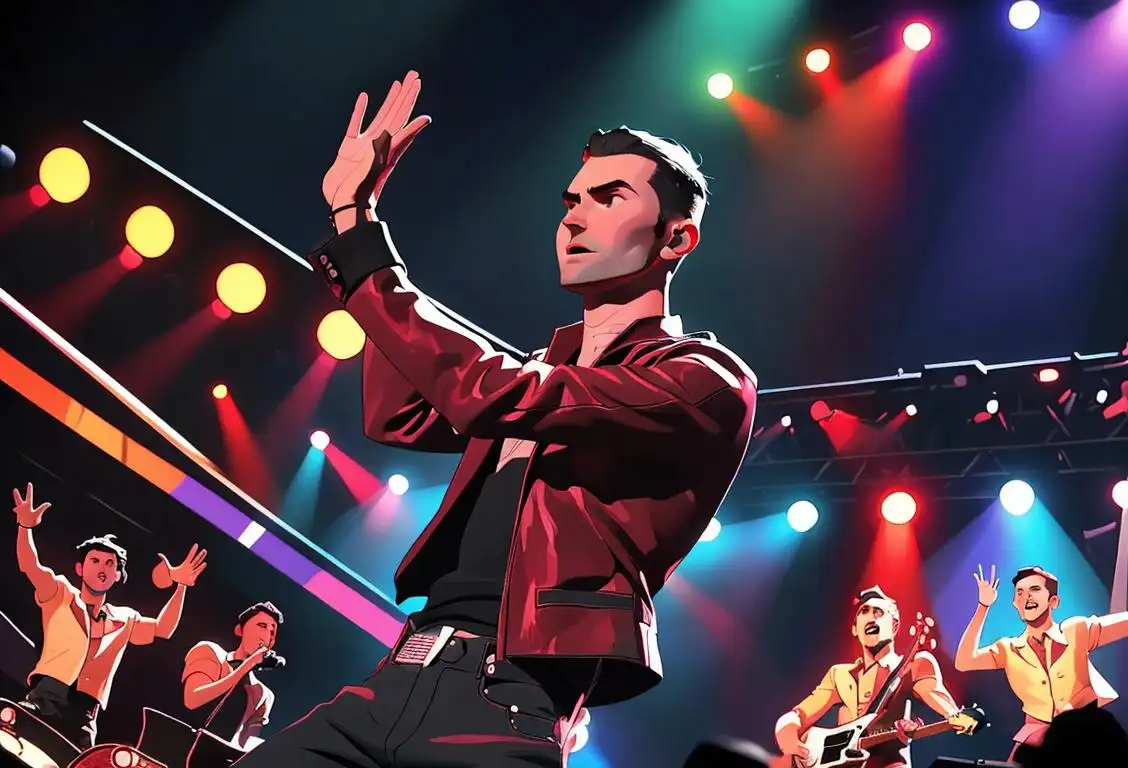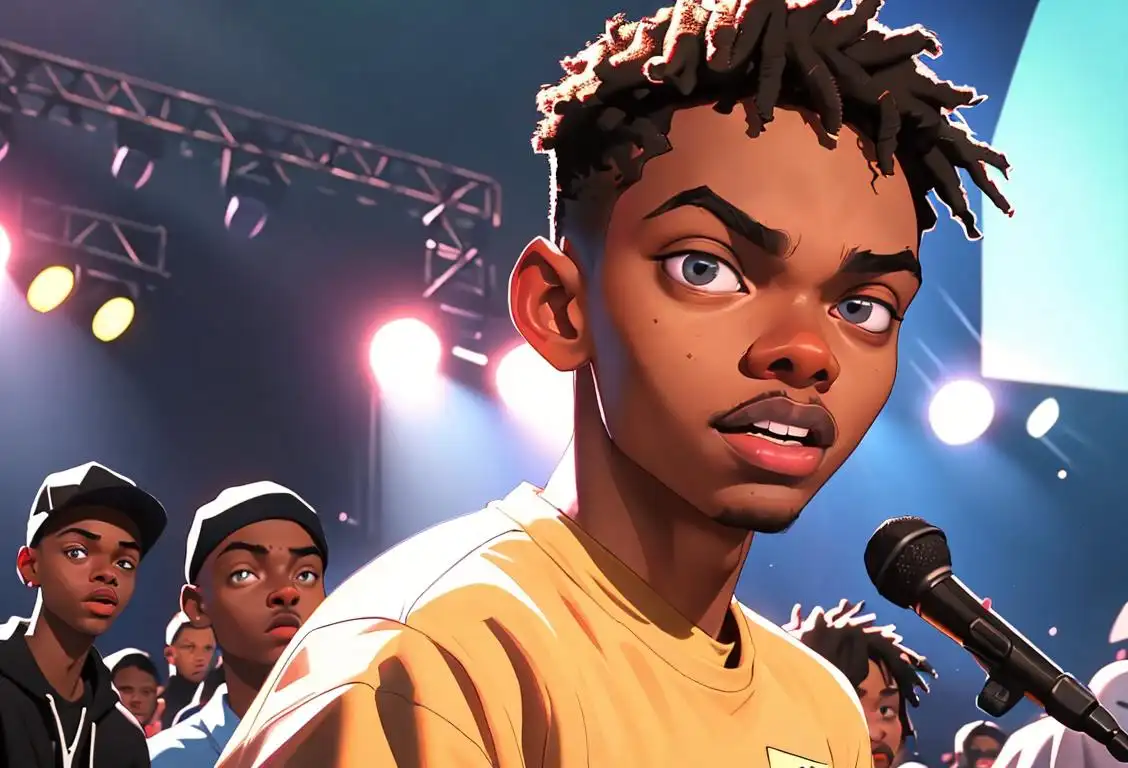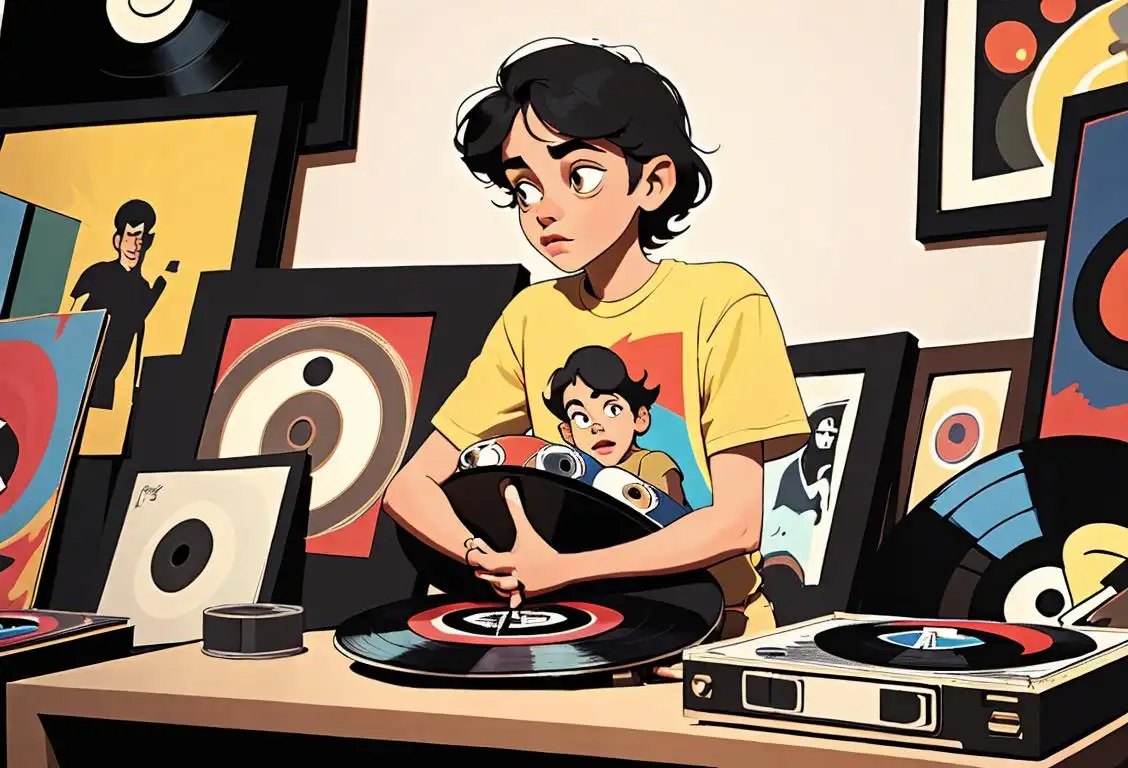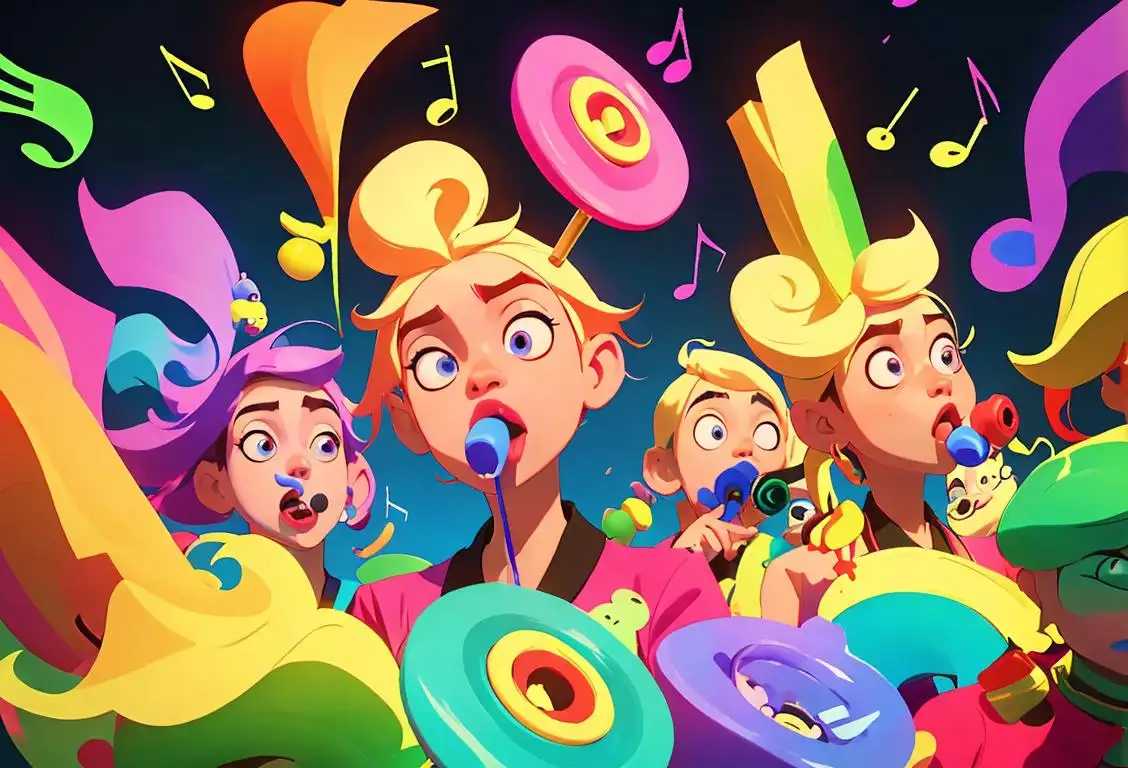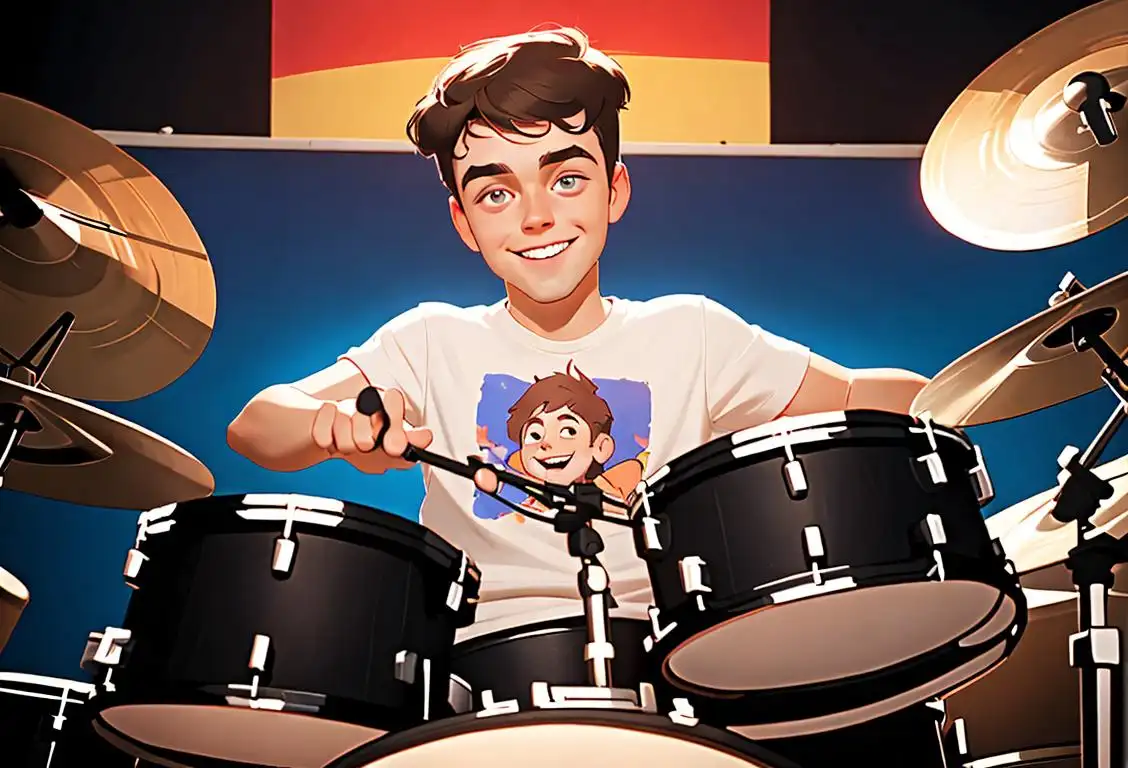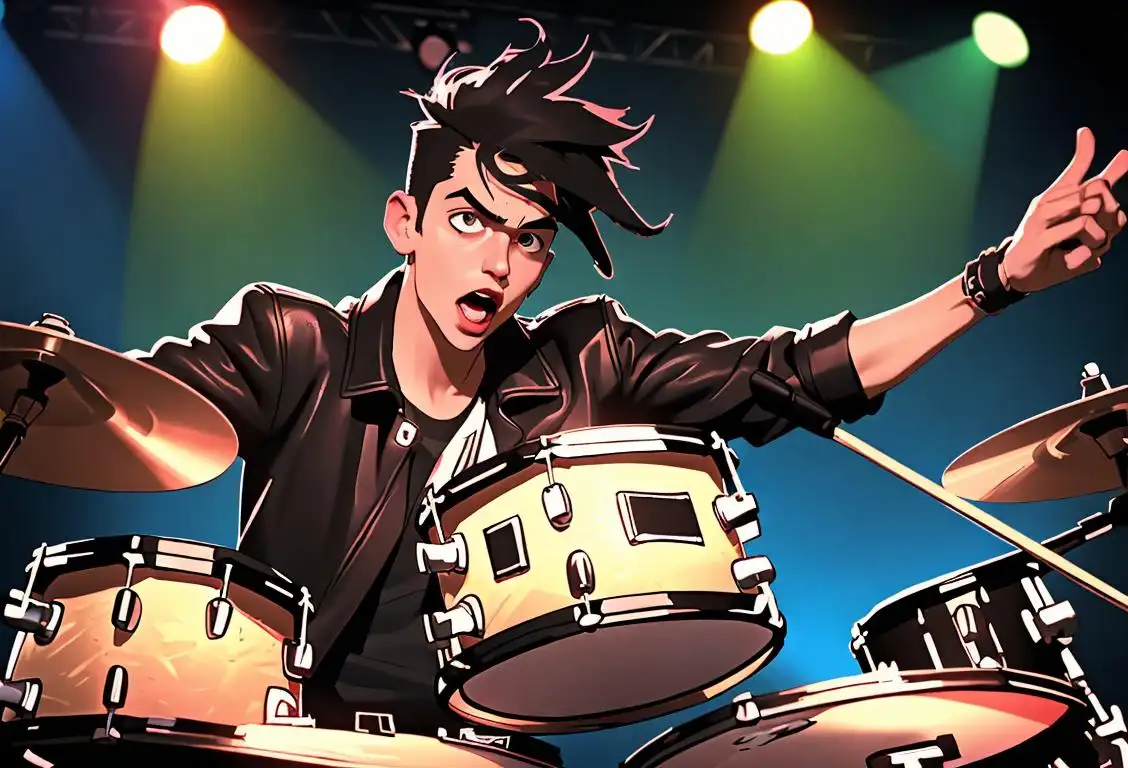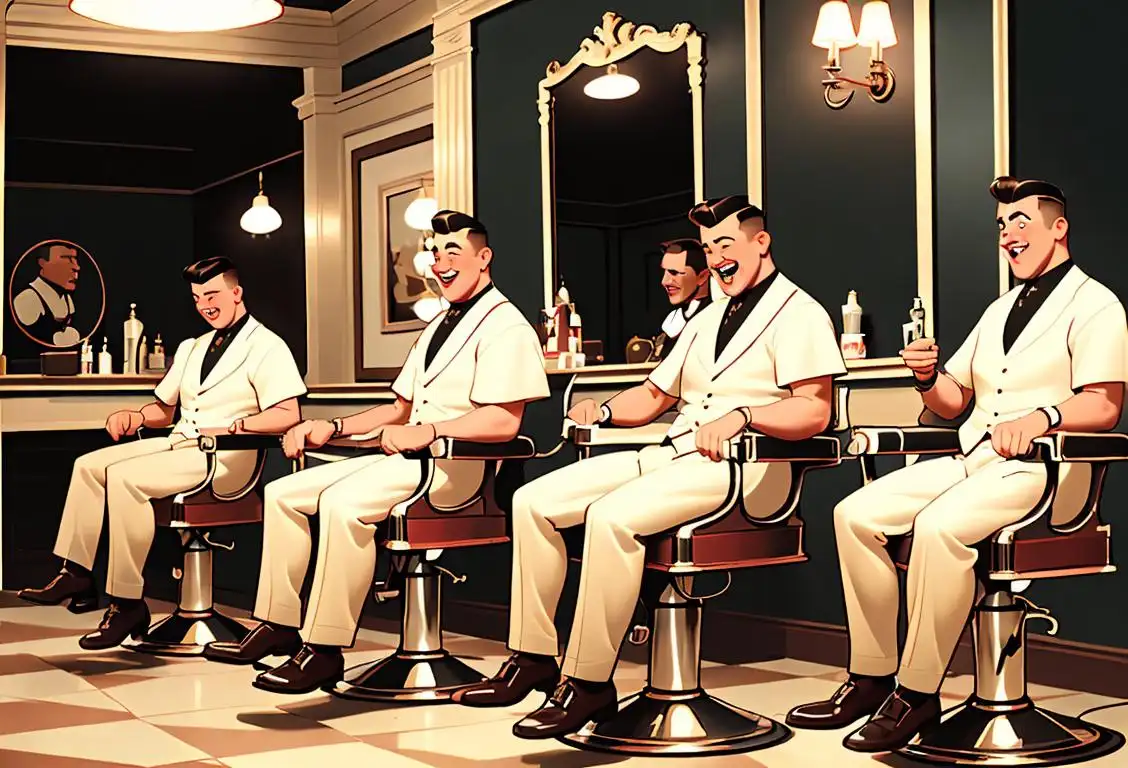National College Radio Day
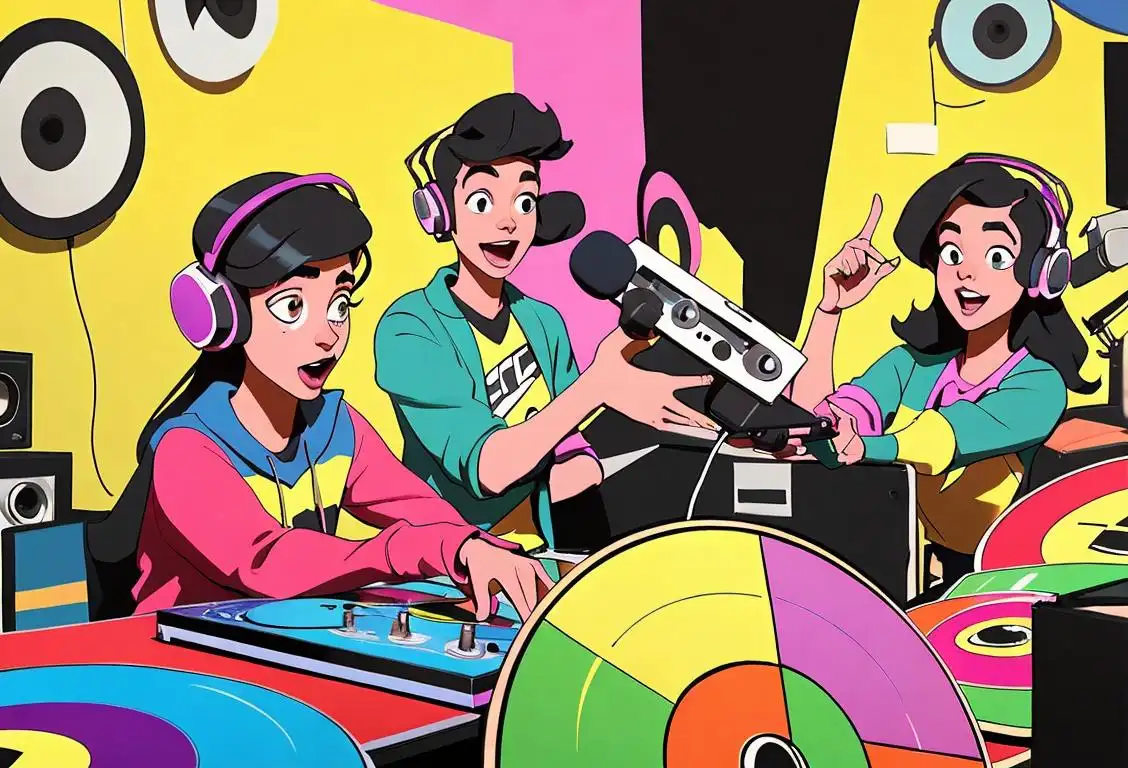
Hey there, radio enthusiasts! Get ready to turn up the volume because it's time to celebrate National College Radio Day. This special day honors the vibrant and diverse world of college radio stations, where up-and-coming DJs, music lovers, and dedicated students come together to bring you the soundtracks of your wildest dreams. So grab your headphones and join us on a sonic adventure through the fascinating history of college radio!
When is College Radio Day?
It's national college radio day on the 4th November.
The Birth of College Radio
Believe it or not, college radio has been around since the early 1900s. It all started when universities began experimenting with broadcasting educational programs to reach a wider audience. But it wasn't until the 1960s when college radio truly began to rock and roll. Students across the nation sought to express themselves through music, giving rise to a new era of freeform radio programming. No longer confined to the mainstream airwaves, college radio became a breeding ground for alternative music, underground bands, and fresh voices.
Making Waves online
In today's digital world, college radio has expanded its reach beyond the campus walls. With the help of the internet, these stations can now stream their broadcasts worldwide, sharing their unique playlists and indie gems with a global audience. The internet has also given rise to collaborative platforms, allowing college radio stations to connect, discover new artists, and share their passion for music.
Celebrating College Radio Day
Every year on the first Friday in November, college radio enthusiasts come together to celebrate National College Radio Day. This day is all about recognizing the important role that these stations play in supporting independent artists, promoting diverse voices, and fostering a love for music. Listeners have the opportunity to tune in, discover new sounds, and show their support for college radio stations near and far. So whether you're a student DJ or a dedicated listener, make sure to mark this day on your calendar and keep those speakers blasting!
History behind the term 'College Radio'
1900
Invention of the radio
The term 'college radio' traces its origins back to the invention of the radio in the early 1900s. The radio was created by various inventors, but credit is often given to Guglielmo Marconi for his successful wireless transmission of radio signals in 1895. This invention revolutionized communication and paved the way for radio as we know it today.
1920
Development of college stations
As radio technology advanced and became more accessible, educational institutions, particularly colleges and universities, saw the potential for utilizing radio broadcasting for educational purposes. In the 1920s, various universities started establishing radio stations on their campuses. These stations were primarily focused on providing educational content to the students and the surrounding communities.
1940
Expansion of college radio
College radio continued to grow in popularity and importance throughout the 1940s. With advancements in broadcasting equipment and increased interest in radio programming, more universities across the United States and other countries established their own radio stations. These stations served as platforms for student-led programming, including music shows, news broadcasts, and talk shows, creating a unique and alternative radio experience.
1960
Emergence of underground music
The 1960s witnessed a significant shift in college radio as it became a platform for alternative and underground music. Many college radio stations started playing unconventional genres and supporting local and independent artists, which mainstream commercial radio stations largely ignored. This shift in programming provided exposure and opportunities for countless bands and musicians who would later become influential on a larger scale.
1980
College radio and the indie music scene
During the 1980s, college radio played a crucial role in the rise of the indie music scene. These stations became known for their support of independent and non-mainstream music, giving exposure to countless bands and genres that were not getting airtime on commercial radio. College radio's impact on the indie music scene was so significant that it propelled many artists and bands to mainstream success, forever changing the music landscape.
Present
Continued influence and diversity
Today, college radio continues to thrive as a vital component of the media landscape. It remains an essential platform for diverse voices, community engagement, and the discovery of new music. With the advent of online streaming, college radio stations can reach a global audience, amplifying their impact and providing an alternative to mainstream radio. The term 'college radio' has become synonymous with independent, non-commercial, and innovative approaches to broadcasting.
Did you know?
Did you know that the oldest college radio station in the United States is WBRU, established in 1936? That's over 80 years of keeping the college airwaves alive and kicking!Tagged
awareness fun musicFirst identified
25th March 2015Most mentioned on
4th November 2016Total mentions
252Other days
Chamber Music Day
Adam Levine Day
Vince Staples Day
Album Day
Kazoo Day
Kehlani Day
College Radio Day
Hug A Drummer Day
Drummer Day
Barber Shop Quartet Day
